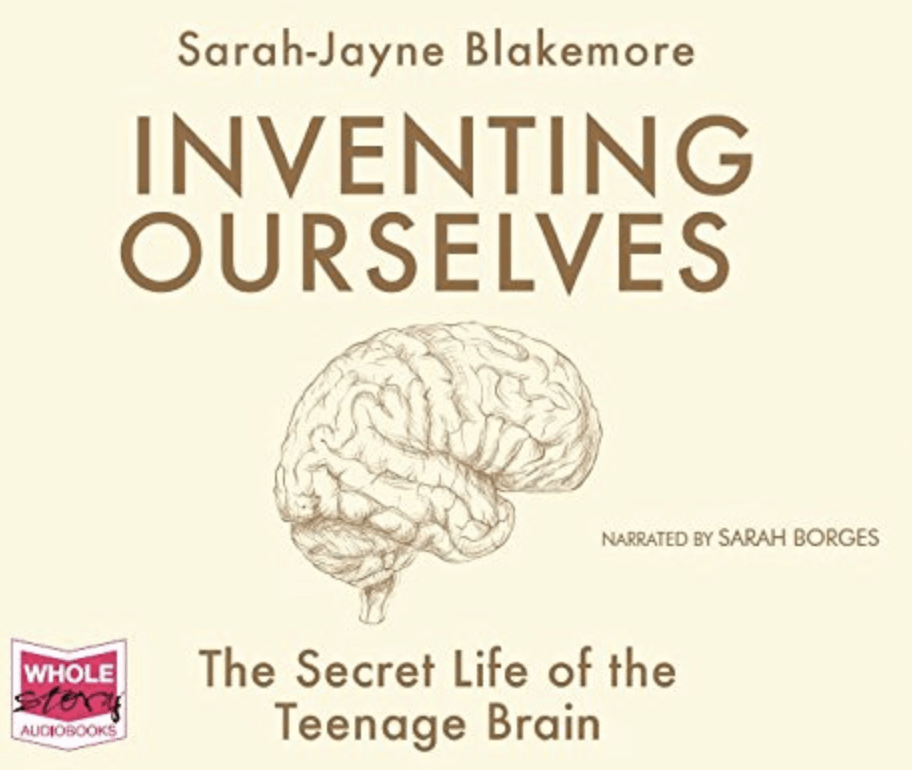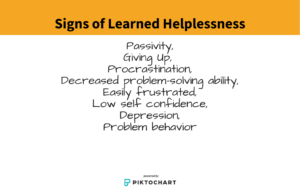Smart Review | Inventing Ourselves: The Secret Life of the Teenage Brain

My oldest child is a year away from middle school. When new acquaintances ask about the ages of my children and hear this, the most common response is one of sympathetic dread. If a parent has had a child go through it, they give warnings about the impending doom (e.g., the risky behavior, the attitudes, the reliance on friends, the withdrawal from self-disclosure). If a parent still has young children, I can often see the relief in their eyes that they do not yet have to worry about the onslaught of drama and uncertainty that stereotypes adolescence.
These societal perceptions of the dramatic, risk-taking, friend-obsessed, petulant teenagers are pervasive. Adolescents are often characterized as a confounding and almost alien population by adults. And this narrative is disseminated through the production of music, movies, television shows, and other productions aimed at teenagers themselves. In both personal and educational circles, the time period of adolescence is tolerated at best and full of dread, agony, and profound risk at worst.
 In Inventing Ourselves: The Secret Life of the Teenage Brain, Sarah-Jayne Blakemore uses neuroscience to push back on these long-held negative perceptions to reframe adolescence as a unique and actually productive developmental period. Blakemore puts this research into a historical context, explaining that it is only recently–within the last couple decades–that scientists have realized that the human brain continues to develop past childhood. She uses evidence from the growing body of research gained through modern MRI imaging to explain that the behaviors often associated with teenagers, and dismissed as inappropriate and aberrant, make sense given the physiological and cognitive developmental changes happening in the brain during this time. She uses new research and subsequent understandings of brain development to help explore the underpinnings of the negative stereotypes. Getting beyond the fearful tropes and cultural memes of negativity by clinically examining the underlying behaviors and biological processes, she offers insight and background on adolescent development. A clear set of findings is laid out that contextualizes this time as one with specific features, full of opportunity, that is essential to healthy adulthood.
In Inventing Ourselves: The Secret Life of the Teenage Brain, Sarah-Jayne Blakemore uses neuroscience to push back on these long-held negative perceptions to reframe adolescence as a unique and actually productive developmental period. Blakemore puts this research into a historical context, explaining that it is only recently–within the last couple decades–that scientists have realized that the human brain continues to develop past childhood. She uses evidence from the growing body of research gained through modern MRI imaging to explain that the behaviors often associated with teenagers, and dismissed as inappropriate and aberrant, make sense given the physiological and cognitive developmental changes happening in the brain during this time. She uses new research and subsequent understandings of brain development to help explore the underpinnings of the negative stereotypes. Getting beyond the fearful tropes and cultural memes of negativity by clinically examining the underlying behaviors and biological processes, she offers insight and background on adolescent development. A clear set of findings is laid out that contextualizes this time as one with specific features, full of opportunity, that is essential to healthy adulthood.
Reading this book was an illuminating experience. It provided a multi-layered overview of recent developments in the body of research literature on this oft-discussed, but minimally understood, topic. The information is clearly and thoughtfully presented. There is a great deal of technical detail on the research studies that lay the groundwork for the observations put forth. Throughout the book, Blakemore seamlessly couches the scientific findings with relatable anecdotes and stories, creating an enjoyable and informative narrative that is approachable for the average reader, and especially useful for parents, teachers, and educational policy advocates.
Relevance & Implications
With parenting an adolescent very near on my horizon, I read this book hoping to glean information that will help me personally navigate this timeframe with my own adolescent. I also looked to gain insights into educational policy and practice around how we approach and structure schooling in the middle and high school years. While there are a variety of school age groupings across the country, the separation of early adolescents from younger and older peers in junior, middle, and high schools is the predominant model. And schools seem to be in a perpetual cycle of implementing new instructional models to have students be engaged, happy, and achieving. A better understanding of what these learners have as positive attributes, and a more nuanced interpretation of the causes of their challenges, offers a chance for educators to consider how to better design learning experiences and environments. This book provides insights into exactly that.
Blakemore cautions that “using neuroscience to inform educational strategy isn’t necessarily straightforward” (p. 177). Readers, however, can still gain broader insights from this research that could be used as guiding principles when designing learning environments for adolescents. As someone who researches and studies educational innovations, some interesting points of intersection I found between Blakemore’s research and current educational policy and practice are:
- Learning experiences should be designed in such a way to utilize the developmental processes which students are undergoing. The research is clear that adolescents put more weight on feedback from peers. They are also very social beings. Therefore, collaborative projects and environments might make more sense than traditional models of schooling.
- Open-ended problems, rather than closed fact recall, might be more appropriate curricular designs for adolescents to work on in groups. The adolescent penchant toward exploration, risk-taking, and immediate feedback make movements such as deeper learning, problem based learning, and applied learning a natural home during the middle and high school years.
- The research in the book shows that adolescence is a time of finding one’s self-identity and exploring one’s interests, passions, likes, and dislikes. Schools should design both group and personalized learning experiences with broad, not narrow, paths of activities that allow for and promote this time of exploration. Achieving strategic outcomes will require a variety of tactical approaches. Such systems have been developed for special education, english language learners, poverty, and cultural background. Adolescent characteristics require the same degree of maturation in educational support.
- An explicit examination of basic structural features such as the hours which schools operate, the number of transitions students go through during the school day, and the parsing of subjects into content disciplines should be undertaken. School boards and school leaders need to factor in that, as Blakemore points out, students are biologically driven to sleep later, that relationship stability with peers matters tremendously, and that they respond more to incentive than punishment at this stage of development.
- Professional development that includes an understanding of adolescent development is needed to assist educators in discerning what is within the range of normal, if obstinate behavior, and what is of possible concern due to developmental delay, emotional crisis, or mental health concerns.
- Blakemore explains that, because of all the biological and neurological changes adolescents undergo, it is a vulnerable time. An implication of this is that it is important to have smooth re-entry processes for students that go “off-track” as development is non-linear. The natural-risk taking behaviors of adolescents will result in a variety of mistakes that will require more than correction. Students need engagement aimed at recovery, reflection, and empowerment informed by their developmental characteristics.
Who Should Read this Book
This growing body of research on understanding the adolescent brain and the biological changes it undergoes highlighted in this book is empowering for all who interact with or make decisions about adolescents. This maturing field of study allows us to understand the changes that take place during this time, realize the distinct physiological causes, and most importantly, put them in context as necessary for developing into productive and healthy adults.
If we can understand this time period, we can help teens, and those around them, effectively navigate it. We can construct home and school environments that positively capitalize on the natural creativity, exploration, and even risk-taking tendencies of teenagers. And we can have a better understanding of behaviors that fall outside the normal course of development and might require additional supports or interventions. With this information, policy-makers, administrators, teachers, parents, and health care providers must be prepared to assess current structures and institutions and willing to shift, adjust, and adapt approaches when they contradict what this educational neuroscience tells us.
Blakemore reminds us that it is also important to educate adolescents, themselves, about what is happening in their, and their peers’, brains. Knowing that they are part of a natural process can provide an explanation for their friends’, and even their own, behavior. This can hopefully dispel some of the internal chaos they often feel and help them understand their strong emotional responses to their world, their natural impulsivity, and their deep concern for peer approval. The book ends with a call to action to “celebrate” the crucial and transformational time that adolescence is. Empowered with new information, adolescents, themselves, and all who support them, can turn understanding into actionable efforts.
For more, see:
- Smart Review | Learner-Centered Innovation
- Smart Review | The Flexible SEL Classroom
- Smart Review | The Reading Mind
Stay in-the-know with all things EdTech and innovations in learning by signing up to receive our weekly newsletter, Smart Update.







0 Comments
Leave a Comment
Your email address will not be published. All fields are required.